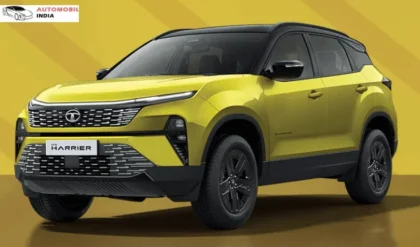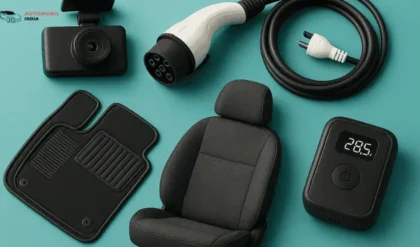The Government of India recently implemented the BS6 Phase 2 norms across the country to further reduce harmful emissions from automobiles. As such, all automobile manufacturers have also updated their products with updated BS6 Phase 2-compatible powertrains.
It is worth mentioning that part of upgrading a powertrain to BS6 Phase 2 emission norms includes compatibility with newer E20 fuels. In fact, the newer E20 fuel has already been rolled out to thousands of fuel stations across the country.
That being said, there are many older vehicles on the road, and though these older vehicles may run on the E20 fuel, they are not as compatible as the BS6 Phase 2 vehicles. As such, here’s what will happen to older vehicles that will run on the newer E20 fuel.
In simple terms, E20 fuel contains 20 per cent ethanol. This means, in 1 litre of petrol or diesel you fill, the fuel contains 200ml of ethanol, which unlike petrol or diesel is made from sugarcane.
The E20 fuel has been mainly adopted to reduce emissions from automobiles. This is because E20 fuel emits less carbon monoxide compared to regular petrol or diesel. On top of that, increased ethanol content reduces the dependency on other crude oil-rich countries.
Since older vehicles are not designed to run on newer E20 fuel, they become less efficient. According to experts, the fuel efficiency of older cars running on newer E20 fuel can drop as high as 7 per cent.
In addition to that, thanks to the ethanol blend in the fuel, engine parts can wear out faster. This is especially true for diesel cars, which depend on the lubricating properties of diesel for smooth operation.
While the newer E20 fuel is greener for the environment and better for the country’s economy, it can definitely harm your older car in the long term by causing increased wear and tear.







